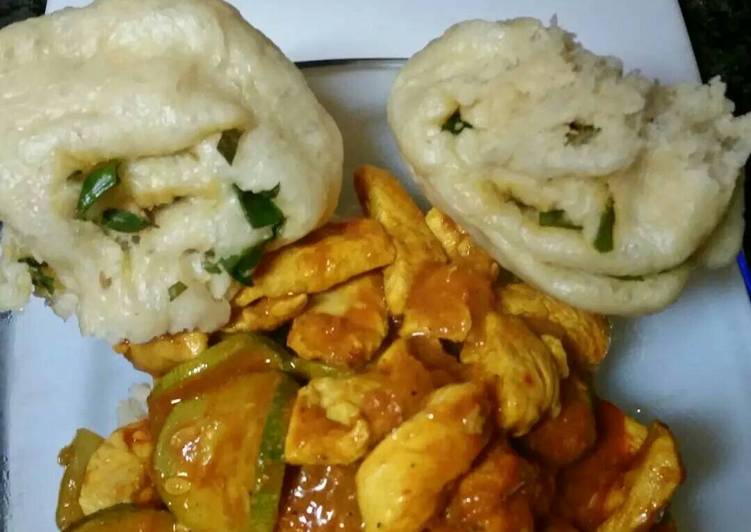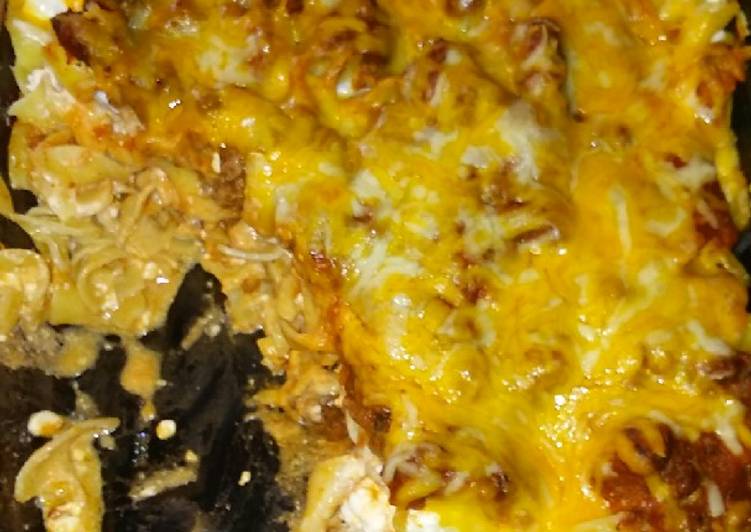
Hello everybody, it’s me again, Dan, welcome to our recipe page. Today, I will show you a way to prepare a special dish, tibetan steamed buns (tingmos). One of my favorites. This time, I will make it a little bit unique. This is gonna smell and look delicious.
Tibetan Steamed Buns (Tingmos) is one of the most well liked of current trending foods in the world. It’s appreciated by millions every day. It’s simple, it’s fast, it tastes delicious. They’re nice and they look wonderful. Tibetan Steamed Buns (Tingmos) is something that I’ve loved my whole life.
The first time I has tingmo I was awestruck by the shape. They looked like how an elegant lady wore her hair bun. When I bit into the bun I was puzzled.
To begin with this recipe, we must first prepare a few components. You can cook tibetan steamed buns (tingmos) using 14 ingredients and 19 steps. Here is how you can achieve that.
The ingredients needed to make Tibetan Steamed Buns (Tingmos):
- Get dough
- Prepare 1 1/2 cup AP or bread flour
- Take 3/4 tsp baking powder
- Get 1 tsp instant yeast
- Get 1/2 tsp salt
- Make ready 1 tsp sugar
- Get 1/2 cup warm water
- Prepare filling
- Take 1 1/2 tsp powdered ginger (dried)
- Take 2 tsp garlic powder
- Prepare 1/4 cup green onion or chives
- Make ready 1 tbsp Fresh herbs
- Make ready 3 pinch salt
- Prepare 1 oil
Of course, you can also generally find it on the menu along with Momos, at most Tibetan eateries all over India. This recipe is adapted from Rick Stein's cookbook titled "India",where he describes Tingmos as "spongy, slightly gelatinous little steamed Tibetan buns, pleasingly savoury with ginger, garlic, coriander and tomato. Aparna decided that though we are a baking group, to try a yeasted steamed bun is not treading away from norm. Thus, we are here with savoury steamed buns that are soft and mildly flavoured. hi, guys in this video I am going to show you how to make Tibetan tingmo or 蒸馒头 or Chinese Steamed buns.
Steps to make Tibetan Steamed Buns (Tingmos):
- Mix dough ingredients (first six). I used a food processor with a dough blade. Should make a smooth ball.
- Spray a bowl with nonstick spray, put dough in bowl. Cover let rise until it doubles. About 1 hour.
- Slice your fresh herbs, note, cilantro is the normal used, but I used sage in the pictures because that is what I had.
- Slice your green onions, about 1/4 inch or smaller.
- Roll out your dough, I used a floured cutting board, to about 1/4 thick. No less.
- Either spray your dough with oil, or brush some oil on.
- Sprinkle your garlic and ginger powder on dough. Leave a 1 inch boarder on the long side to seal later.
- Spread your herbs next, don't forget the boarder.
- Spread your green onions, leave the boarder.
- Sprinkle 3 or 4 punches of salt to round it out.
- Roll it up as tightly as you can, but be careful, don't rip it. If you do, you can pinch it closed.
- Set up your steaming apparatus. Spray the surface or use parchment paper, sprayed.
- Cut a little off each end to square it up, like 1/4 inch.
- Slice your roll into pieces. Use your judgement, make them about 1 1/2 - 2 inches.
- Place in your steamer (not heated yet) leave as much space as possible.
- Allow to raise about 20 minutes.
- Get the stream going, you may have to remove your steamer basket until the water is hot.
- Stream rolls for 20 minutes.
- Serve immediately.
This tingmo recipe is very easy to prepare and delio. The Tingmo is a sort of a cousin to the Chinese steamed buns called Mantou and is also popular in the Indian state of Sikkim whch has a geographical border with Tibet. You can also generally find it on the menu at most Tibetan eateries all over India, along with Momos. Chinese steamed buns, Momos and Tingmos all probably have a common origin. This was a steam cooked bread instead of usual baked one.
So that is going to wrap this up for this special food tibetan steamed buns (tingmos) recipe. Thanks so much for your time. I am confident you will make this at home. There is gonna be interesting food at home recipes coming up. Remember to save this page in your browser, and share it to your family, friends and colleague. Thanks again for reading. Go on get cooking!

